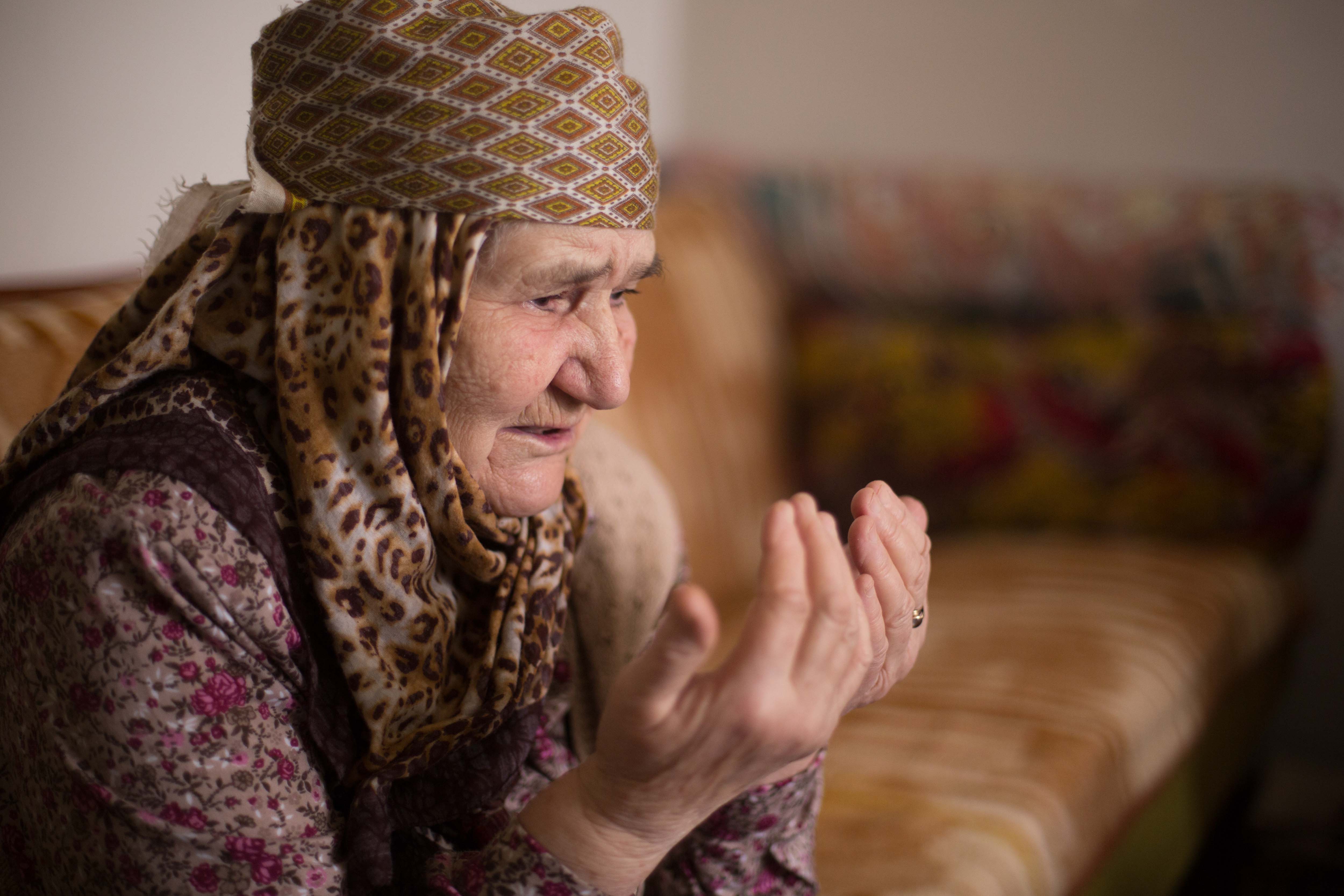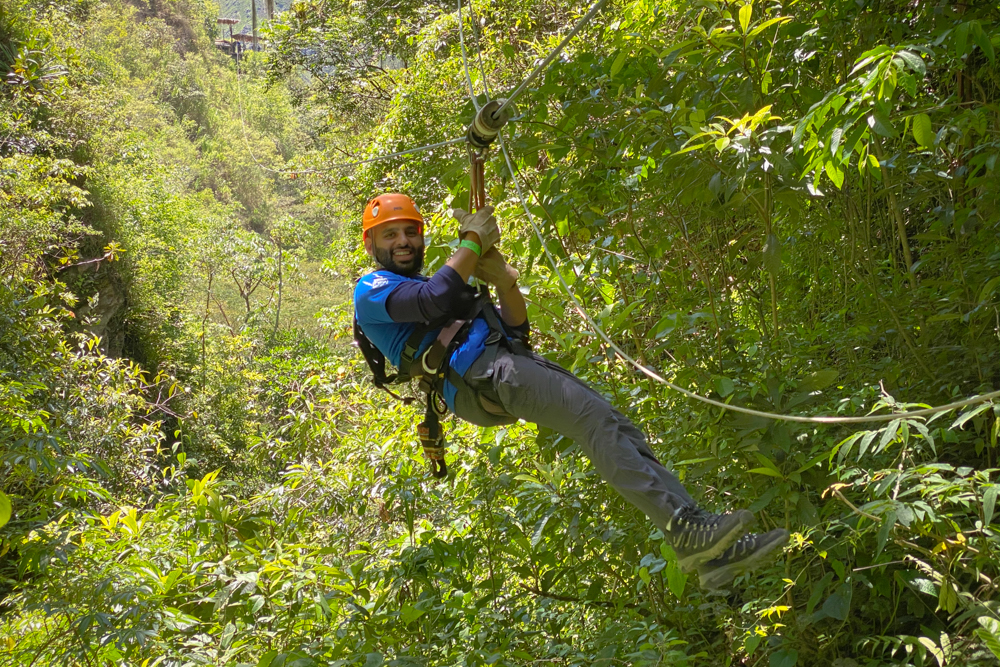Positive Community Centers Invigorate Inner City Youth in Addis Ababa
Nada Shawish, Communications Specialist at Islamic Relief USA, reports from Ethiopia.
Graduating from higher education is a great accomplishment and should be a milestone for a young person. But like many of my friends in the United States who were not able to get jobs after graduation during the last economic downturn, youth in Ethiopia have had to deal with this reality since they were born.

Tawfiq Dandeir is 24 years old and he worked hard to get his education. But like many other students, there were no jobs to be found when he was done. When he got the opportunity to become manager of the Lidita Youth Center in his childhood neighborhood, District 7, things changed for him and for his community.
“Youth like me might have education, they might have things they wish they could do, but when nothing positive is available for life, they turn to street activities,” Tawfiq said. “They turn to things like drugs and spend their time idle and unproductive. There is no future in that.”
Ethiopia is the African continent’s oldest independent country. It’s the second most populated with more than 94 million people and is home to more refugees than any other African country. More than 690,000 refugees live in Ethiopia, most of them women and children. It has been a hub for commerce and trade in recent years, but high unemployment rates, and still developing infrastructure make life difficult for a significant segment of the people that live there, especially for young people trying to build a life.
The Islamic Relief Ethiopia field office is working really hard to integrate projects like the Youth Centers so that the positive impact of your donations are felt right now and for many years to come. It’s a good system that they have going, and Ethiopia’s youth are especially benefitting from it.
Omar Ibrahim is country director of Islamic Relief Ethiopia and he believes that the youth centers success is testament to the type of humanitarian work we should be doing more of to get people out of poverty.
“Integrated projects like the youth center work well and it shows,” he said. “And youth are importantly empowered through them.”
Building the centers were expensive, and the Government of Ethiopia took on this expense to ensure that the structures were available. But stocking and operating the centers long-term lacked the same support. The building shells were falling into disrepair because no one was using them. Islamic Relief saw an opportunity to bring these centers to life for young people, and initiated the process of creating running, working youth centers for the communities they were built in.

The Lidita Center provides games like a pool hall and ping pong tables, a gym with weights and other exercise equipment, a working library with academic books, leisure reading and magazines, educational classes, a computer lab, a snack bar, sports and other team activities, and so much more thanks in part to the generous support of Islamic Relief donors.
The Lidita Center in District 7 is one of five in inner city neighborhoods supported by Islamic Relief.
For the smart and ambitious youth that run this center, the experience is rewarding for them in more ways than one. Not only has the government of Ethiopia ensured salaries for them as they run the center full-time, but they’ve proven that they can turn around communities of young people in Ethiopia who just needed an attractive space to go to.
Gashaye is 22, and has a degree in Information Technology, but like Tawfiq, he couldn’t find a job in his field. He now is hired full time as the computer lab manager, and even gives popular computer and technology classes in the center to local youth.
“Usually the lab is full, many people are using it,” he said. “Most of the youth in this neighborhood are spending their time here now. It gives them an option for something to do.”

To keep the computers running and the rest of the center kept-up, they’ve devised a system to charge very small fees to those who can afford it to support center maintenance. For those that can’t afford it, but want to take classes or participate, the cost is free. In general, the young people in the community itself take great pride in the facility, and they want it to keep going so they support it themselves.
“Everything here encourages the youth,” said Tawfiq. “More than 3,000 people use the facility per month on average, and an average of 300 people per day use the facility, sometimes even more during the school year.”
“This center has been running for 6 months now,” said Tawfiq. “There are no words to say how important it has been.”
And trainings are already running full-force in the center. An HIV/AIDS awareness and prevention training was recently conducted for youth to learn more about the disease that plagues their community and to dispel any misconceptions about the disease itself.
Alemo is 22 years old, and he was reading in the library when he overheard our conversation about the different trainings in the center.
“I took that training!” He said. He wanted to tell us about it because he felt very deeply that more trainings like that would help him and his peers in their neighborhood. “I learned how HIV is spread, I learned how to protect myself and others,” he explained. “Because of this training, students don’t discriminate against those infected with disease–they learned to help each other in positive ways. It make the community strong and able to face reality and ways to handle it.”
More life-skills training is what he asked for, for the Lidita Center.

As we talk together, Gashaye, Tawfiq, Alemo and others all agreed on the same. This Center is fulfilling work for them, and they feel strongly that they’re seeing changes in their neighborhood among the young people who are using the Center. As a drug-free, supportive place for young people, the Lidita center is proving to be a model–there are plans to develop similar centers in the works for for other neighborhoods in need.
“If not for this place,” Tawfiq said, “Youth would be engaged in addiction activities, getting no where.” He nods his head. “When youth come together in a positive place like this, they support each other. It’s managed by youth and it’s for the youth. There’s no discrimination here. It’s giving us hope.”
Indeed, the future of Ethiopia as with every country in the world depends on the next generation of young people who’ll lead it.
“There is no development without youth,” said Gashaye. And standing in the Lidita Center in Addis Ababa with my peers working hard with us for a better world, it felt truer than ever. If we want a better world, this is the kind of work we should be continuously engaged in.



